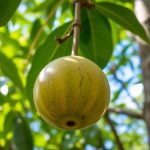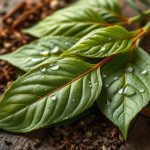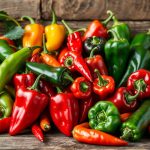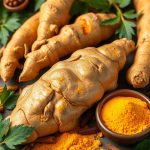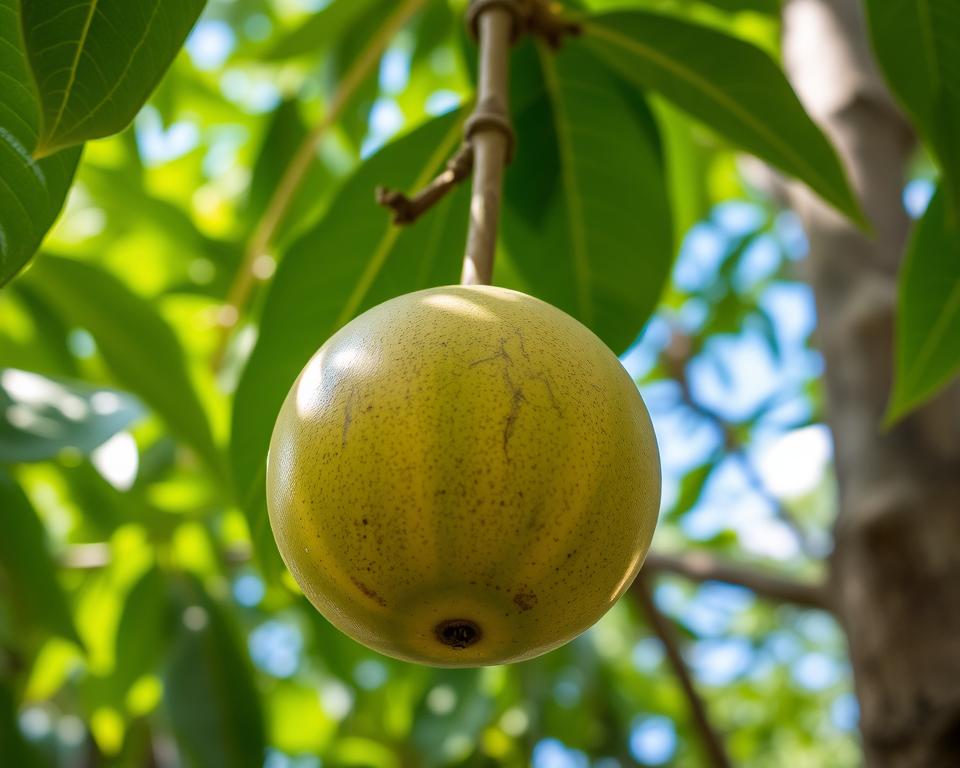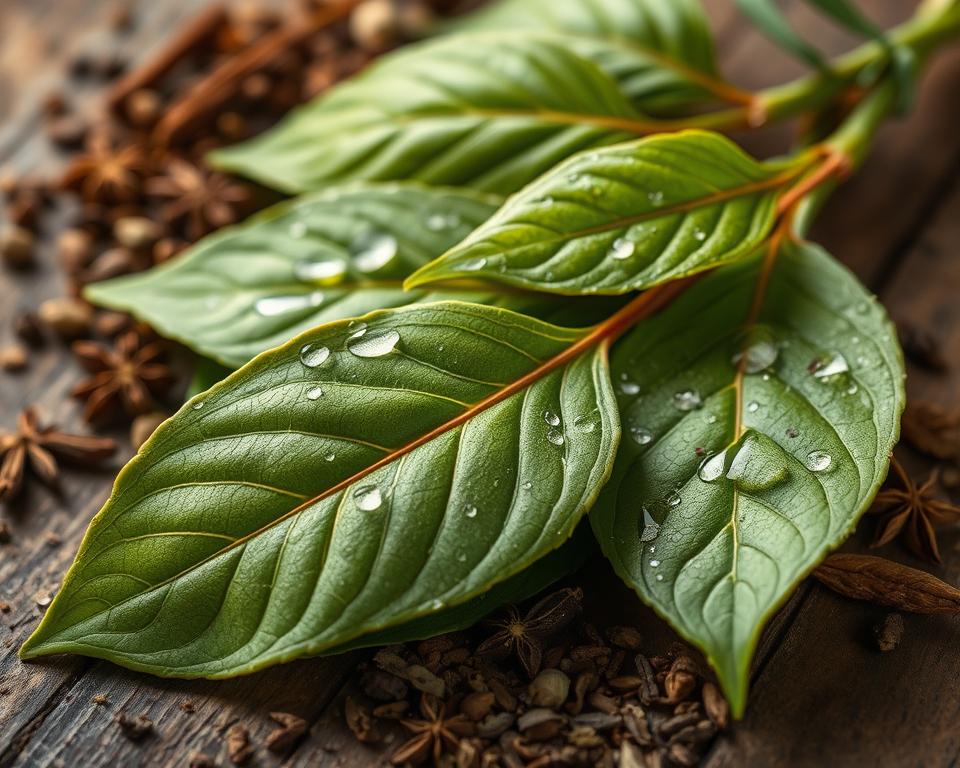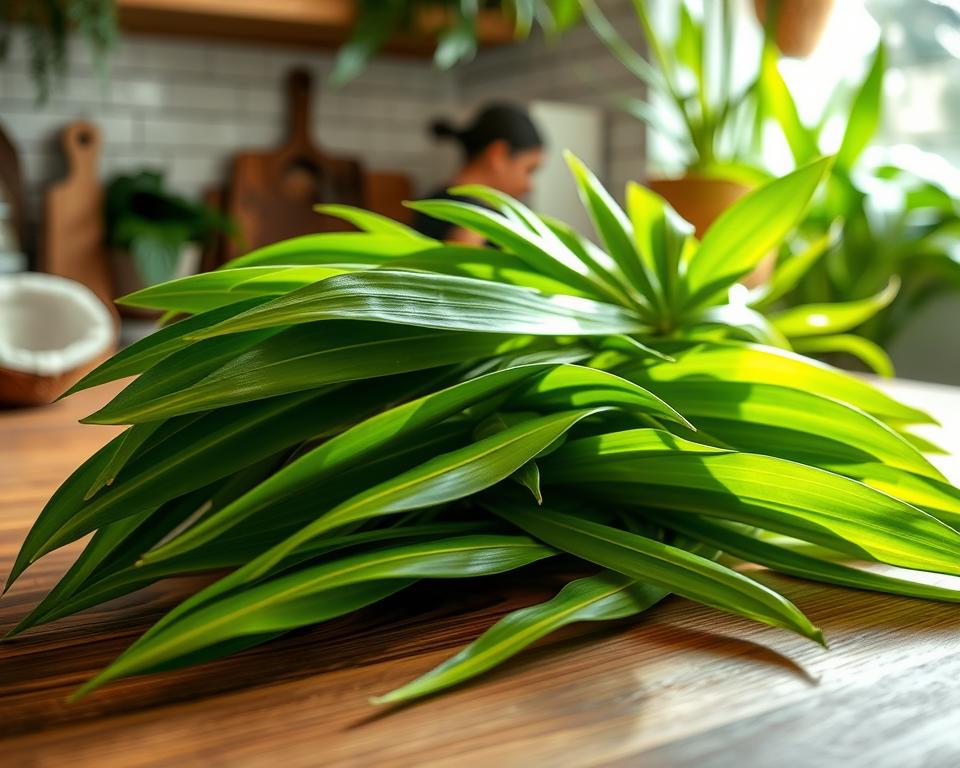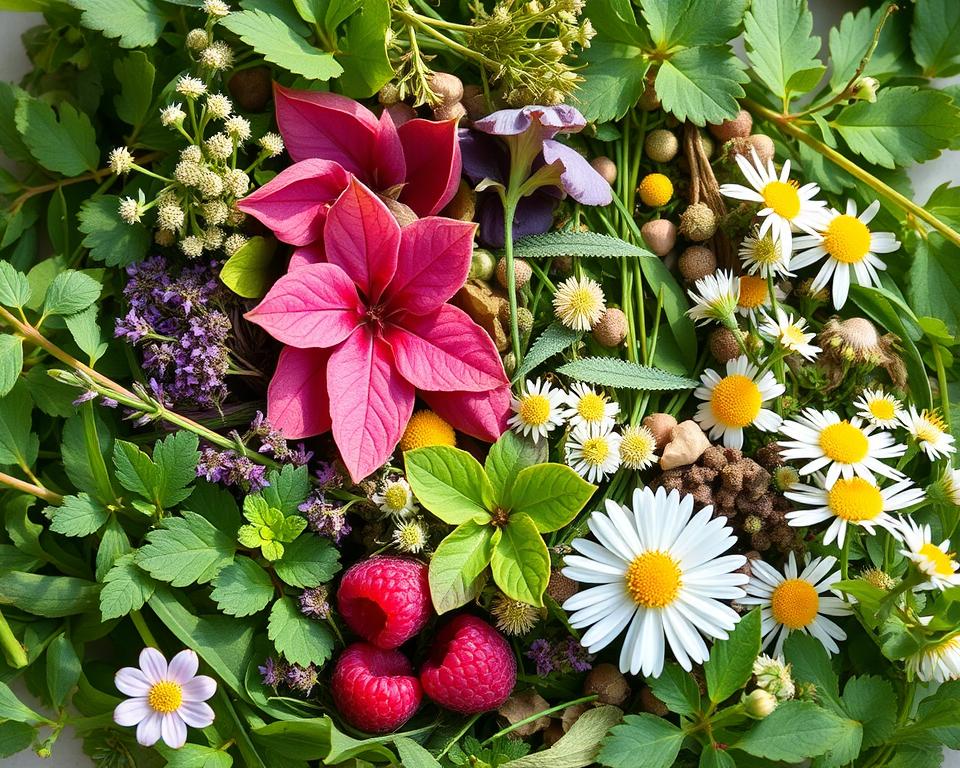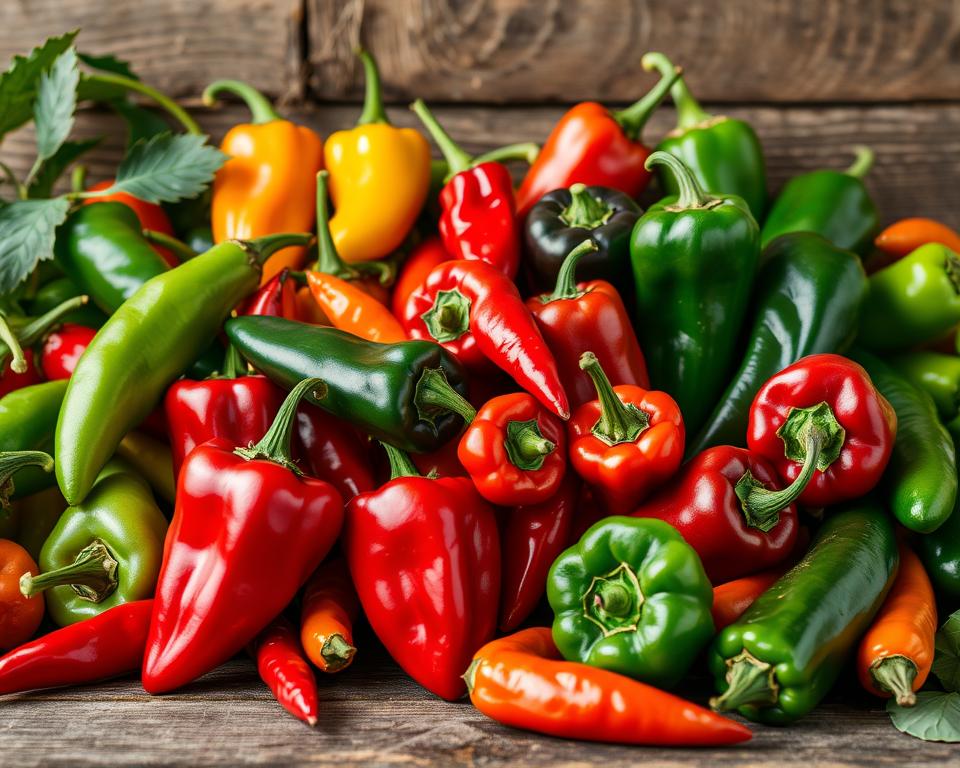The beal fruit, also known as the wood apple or bael tree, grows in Southeast Asia’s lush tropical landscapes. It has caught the eye of fruit lovers and food explorers. This exotic treat offers a special taste and health perks, ready to make a splash worldwide.
This guide explores the beal fruit’s history, its plant life, and how it’s used in cooking. We’ll see why this tropical gem is worth checking out. Its story is filled with tradition, health benefits, and global interest.
Read interesting things at : tosawakan
Key Takeaways
- The beal fruit, also known as the wood apple or bael tree, is a unique tropical delicacy with a rich history and growing popularity worldwide.
- Originating in Southeast Asia, the beal fruit boasts an impressive nutritional profile, including a wealth of vitamins, minerals, and potential medicinal benefits.
- Versatile in the kitchen, the beal fruit can be used in a variety of traditional recipes and preparations, showcasing its versatility as a culinary ingredient.
- As an exotic tropical fruit, the beal fruit is gaining recognition for its unique flavor profile and health benefits, making it a sought-after delicacy in the global marketplace.
- Cultivating and harvesting the beal fruit requires specialized techniques, ensuring the preservation of its exceptional qualities and sustainability.
Introduction to the Beal Fruit
The bael fruit, also known as the wood apple or bael tree, is a unique tropical fruit from the Indian subcontinent. It has a long history, dating back to ancient times. It was valued for its medicinal properties and cultural importance.
Origins and Historical Background
The bael tree (Aegle marmelos) is thought to have started in the Indian subcontinent. Archaeological evidence shows it was used as a tropical fruit since 800 BCE. It was highly valued in ancient Ayurvedic medicine and Hindu traditions.
In Hindu traditions, it was linked to the Hindu god Shiva. It was used in many religious ceremonies and rituals. Over time, its popularity grew, spreading to Southeast Asia by the 13th century. Today, the wood apple is cherished in South Asia and beyond for its taste and health benefits.
“The bael fruit is a true testament to the rich cultural and culinary heritage of the Indian subcontinent, weaving together ancient traditions and modern global interest in exotic tropical delicacies.”
Botanical Characteristics of the Beal Tree
The bael fruit, also known as the bael tree or Aegle marmelos, is a medium-sized deciduous tree from the Indian subcontinent. It has unique features that make the beal fruit special.
The bael tree is known for its thorny branches. These sharp, woody protrusions protect the tree from animals and herbivores. Its leaves are trifoliate, meaning they have three leaflets, making the tree visually appealing.
The bael tree also has fragrant flowers. These blooms, often yellow or white, have a captivating scent. This scent attracts bees and butterflies, which help the tree reproduce.
| Botanical Characteristics | Description |
|---|---|
| Tree Type | Medium-sized deciduous tree |
| Native Region | Indian subcontinent |
| Branches | Thorny, providing natural defense |
| Leaves | Trifoliate (three leaflets) |
| Flowers | Fragrant, yellow or white |
The bael tree’s unique features make the beal fruit a fascinating tropical delicacy.
Nutritional Value and Health Benefits
The beal fruit, also known as the wood apple or bili, is packed with nutrients. It’s rich in vitamins C, B6, and E, and minerals like calcium, iron, and magnesium. This exotic fruit is a true treasure for our health.
Vitamins and Minerals Found in Beal Fruit
The beal fruit is a vitamin C powerhouse. One serving gives you half of what you need daily. Vitamin C boosts your immune system, helps with skin health, and aids in wound healing.
It’s also a good source of vitamin B6, important for energy and brain function. Plus, it has vitamin E, which protects cells and supports heart health.
The fruit is rich in calcium, iron, and magnesium too. Calcium is key for strong bones, iron helps carry oxygen, and magnesium supports muscles and nerves.
Potential Medicinal Properties
The beal fruit is not just nutritious; it may also have medicinal uses. Studies suggest it could help with digestion, diabetes, and heart health.
The bael tree, where the fruit comes from, treats stomach problems like diarrhea. It might also help control blood sugar and improve insulin use.
Its antioxidants could also protect the heart, reducing disease risk. But, more research is needed to confirm these benefits.
In summary, the beal fruit is a nutritional gem. It supports the immune system, aids digestion, and may help the heart. This exotic fruit is a natural gift to our health.
Culinary Uses of the Beal Fruit
The beal fruit, also known as the bael tree or wood apple, is a favorite in traditional Indian cooking. It has a unique taste and is very versatile. This makes it perfect for many dishes, showing off its amazing flavor.
Traditional Recipes and Preparations
The beal fruit is great for making tangy juices, savory chutneys, and sweet preserves. One favorite is bael sherbet. It’s a cool drink made with the fruit, water, sugar, and a bit of lime juice.
Beal fruit chutneys are also popular. They mix sweet, sour, and spicy tastes, with ingredients like tamarind, garlic, and chili peppers. These chutneys go well with grilled meats and vegetarian curries.
For dessert lovers, the beal fruit is a dream. Beal fruit halwa is a rich Indian sweet. It’s made by cooking the fruit with sugar, ghee, and spices until it’s smooth and creamy.
“The bael fruit’s unique flavor and versatility have made it an indispensable ingredient in the kitchens of the Indian subcontinent, where it is celebrated for its ability to add a touch of tangy-sweet complexity to a wide range of dishes.”
Looking to spice up your drinks, chutneys, or desserts? The bael fruit is a key ingredient for exploring tropical flavors. It’s a must-have for any food lover.
Beal Fruit: Exotic Tropical Delicacy
The bael fruit, also known as the bel fruit or wood apple, is a rare treat from the tropics. It’s loved for its unique taste and bright look. This fruit is a standout among the many exotic tropical fruits from around the globe.
The bael tree fruit has a hard, woody shell and soft, scented pulp. The pulp tastes like a mix of sweet, tangy, citrusy, and floral notes. This mix makes the bael fruit a joy to eat.
The bael tree comes from the Indian subcontinent. It’s been valued for centuries for its tasty fruit and health benefits. The exotic tropical fruits are used in Ayurvedic medicine, making the bael fruit a key part of natural health.
“The bael fruit is a true gem among exotic tropical fruits, offering a unique and captivating taste experience.”
The bael fruit is enjoyed fresh, in dishes, or as drinks. It charms those lucky enough to try it.
The bael fruit‘s unique taste and health perks have made it popular. It’s now a favorite among exotic tropical fruits lovers.
Cultivation and Harvesting Practices
The bael tree (Aegle marmelos) is grown mainly in the tropical and subtropical areas of the Indian subcontinent. It’s known for its beal fruit. To grow this fruit well, special techniques are needed to get the best quality and ripeness.
The bael tree likes well-drained, loamy soil with a neutral to slightly acidic pH. It can grow in many soils but does best with moderate rain and lots of sun. Choosing the right place and preparing the soil well are key for strong bael tree cultivation.
| Cultivation Practices | Harvesting Practices |
|---|---|
|
|
The beal fruit harvesting process is very important. The fruit must be picked at the right time to keep its unique taste and texture. Farmers use different methods, like hand-picking or fruit-picking poles, to get the fruit without harming it or the tree.
By using these careful bael tree cultivation and beal fruit harvesting methods, farmers can get a lot of high-quality beal fruit.
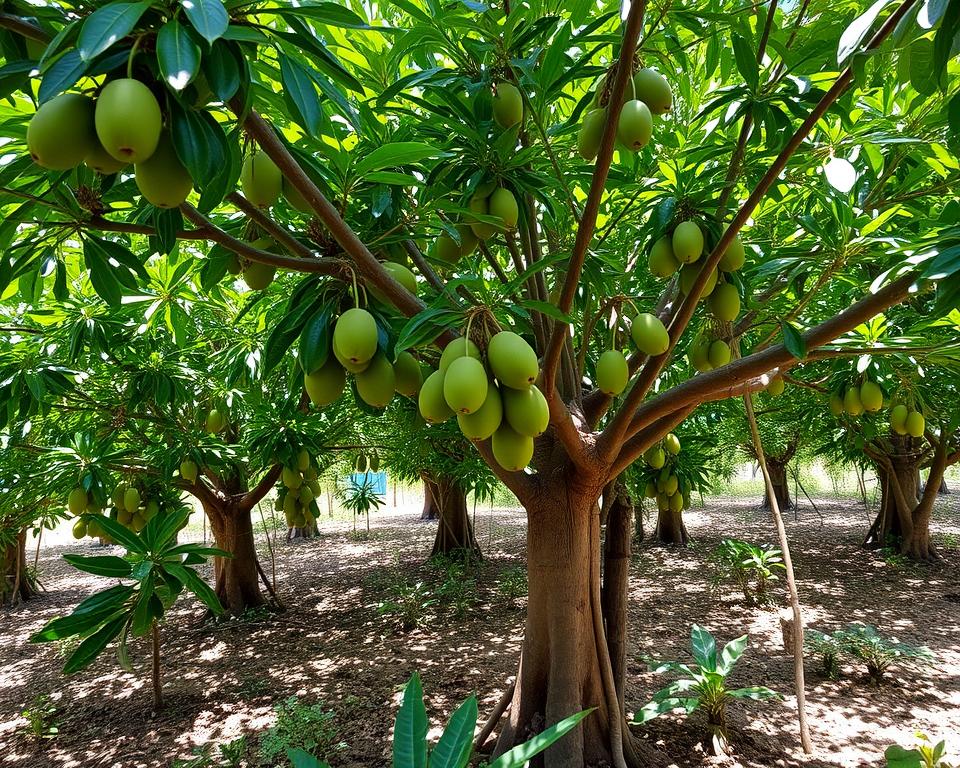
Popular Varieties and Cultivars
The bael fruit, also known as the bael tree or wood apple, comes in many varieties. Each has its own unique taste and smell. From sweet and fragrant to tart and tangy, there’s a flavor for everyone.
Distinguishing Features and Flavors
The Sharbati variety is loved for its sweet and slightly acidic taste. The Jharna is known for its firm, juicy texture and a mix of sweet and sour flavors. The Thornless variety, as its name suggests, has no thorns, making it easier to use.
The Kagazi cultivar is great for those who like a tart taste. Its thin rind and high acidity are perfect for sorbets and juices. On the other hand, the Khatta variety has a sweet aroma and a creamy texture that many enjoy.
| Variety | Distinguishing Features | Flavor Profile |
|---|---|---|
| Sharbati | Sweet, slightly acidic | Sweet and acidic |
| Jharna | Firm, juicy texture | Sweet and sour |
| Thornless | Lacks thorns on the tree | Varies by cultivar |
| Kagazi | Thin rind, high acidity | Tart and tangy |
| Khatta | Sweet aroma, creamy texture | Sweet |
These are just a few examples of the many bael tree varieties and beal fruit cultivars. They offer a wide range of tastes and experiences. Whether you like sweet and fragrant or tart and refreshing, there’s something for everyone.
Beal Fruit in Global Cuisine
The bael tree fruit is known mainly in Indian and Southeast Asian cooking. But, it’s now used worldwide. This is because people want to try new and unique foods.
Chefs and home cooks love the bael fruit for its special taste and texture. It works well in both sweet and savory dishes. This makes it a favorite in many international recipes.
Bael fruit ice cream is a big hit globally. Its sweet taste and creamy feel are perfect for ice cream. People from Asia to Europe enjoy it.
| Recipe | Origin | Key Ingredients |
|---|---|---|
| Bael Fruit Salad | Thailand | Bael fruit, coconut milk, palm sugar, lime juice |
| Bael Fruit Chutney | India | Bael fruit, onions, garlic, spices, vinegar |
| Bael Fruit Smoothie | United States | Bael fruit, yogurt, honey, ice |
The bael tree fruit is becoming more famous worldwide. It’s used in many dishes, from salads to smoothies. Its unique taste is winning over food lovers everywhere.
“The bael fruit’s ability to seamlessly integrate into diverse culinary traditions is a testament to its adaptability and the global culinary community’s openness to exploring new and exciting ingredients.”
Where to Find and Purchase Beal Fruit
Finding beal fruit can be tough if you’re not near where it grows. But, with some effort, you can find it. Look in local ethnic markets, specialty stores, and online shops. These places offer the fruit’s unique taste and health perks.
Local Markets and Online Retailers
Start your search for buying beal fruit in your area. Cities with diverse food scenes often have markets and stores with exotic fruits like beal. These spots are a good place to start.
If you can’t find it locally, the internet is full of options. A quick search online can lead you to many vendors selling beal fruit. Look for fresh, frozen, or processed items like juices and powders. Make sure to check the quality and authenticity of the products.
| Local Market Sources | Online Retailers |
|---|---|
|
|
With some exploration and effort, you can find many places to buy beal fruit. This will help you enjoy this unique tropical treat.
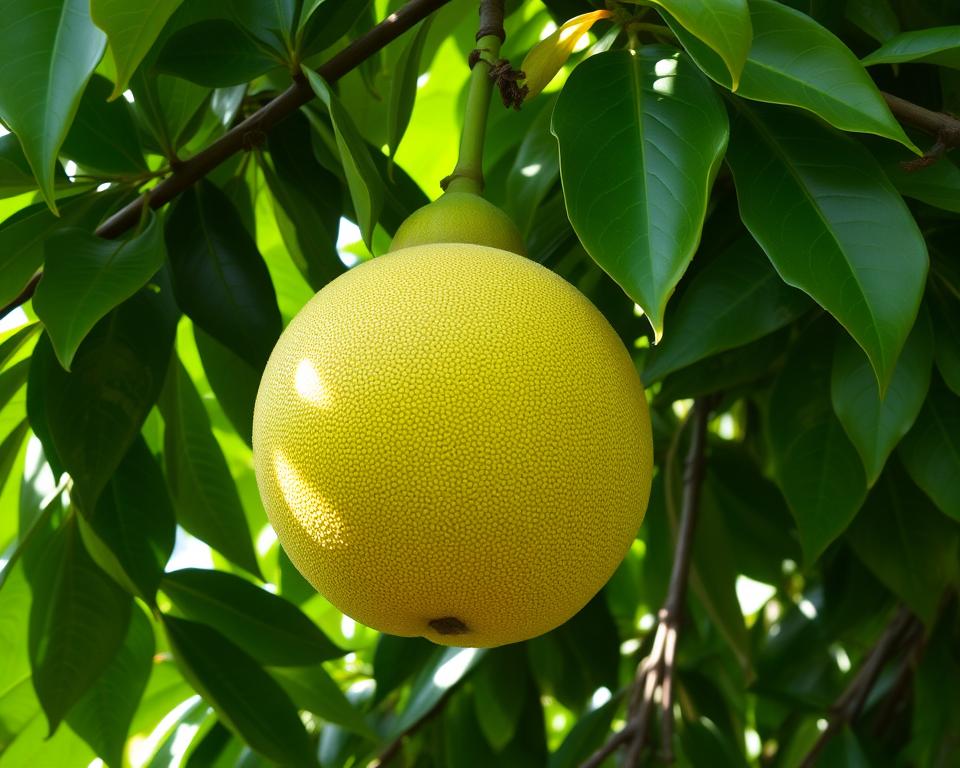
Storage and Handling Tips
Keeping beal fruit fresh and quality high is key. Follow these tips to enjoy your beal fruit fully.
Temperature and Humidity
Beal fruit loves cool, humid places. Store it between 45°F to 55°F (7°C to 13°C). Keep the humidity at 85% to 90%. Don’t let it get too hot or dry, as it spoils fast.
Handling and Preparation
- Be gentle when handling beal fruit to avoid bruises.
- Wash it well under cool water before eating.
- Use a sharp knife to cut it in half, showing the pulp and seeds.
- Remove the seeds and enjoy the soft, creamy inside.
| Beal Fruit Storage Conditions | Recommended Range |
|---|---|
| Temperature | 45°F to 55°F (7°C to 13°C) |
| Relative Humidity | 85% to 90% |
By following these tips, you’ll get the most out of beal fruit’s taste and health perks.
“The key to enjoying the beal fruit’s delicate texture and bright flavors is proper care from farm to table.”
Interesting Facts and Trivia
The beal fruit, also known as the bael tree or wood apple, has a rich history and cultural significance. It has given rise to many fascinating facts and trivia. This exotic tropical delicacy offers a captivating glimpse into the world of rare and unique fruits.
Did you know the beal fruit originated in the Indian subcontinent and is sacred in Hinduism? The tree is linked to the Hindu deity Lord Shiva. Its leaves and fruits are used in religious ceremonies and rituals.
- The beal fruit has a distinctive hard shell, up to 6 inches in diameter, which is hard to crack open.
- Despite its tough exterior, the fruit’s interior is soft and pulpy. It tastes like a mix of apples, pears, and citrus fruits.
- The beal tree thrives in harsh, arid conditions. It’s a valuable crop in areas with limited water.
The beal fruit also has medicinal properties recognized in traditional Indian and Ayurvedic medicine. It’s believed to have anti-inflammatory, antioxidant, and digestive properties. It’s used to treat ailments like diarrhea, dysentery, bronchitis, and asthma.
| Bael Tree Facts | Beal Fruit Trivia |
|---|---|
| The bael tree is native to the Indian subcontinent and can grow up to 40 feet tall. | The beal fruit is sometimes referred to as the “stone apple” due to its hard, woody shell. |
| The tree is known for its drought-resistant properties and can thrive in arid climates. | In some regions, the beal fruit is used to make traditional herbal remedies and medicines. |
| The leaves of the bael tree are often used in Hindu religious ceremonies and rituals. | The beal fruit is believed to have been introduced to other parts of the world, including Southeast Asia and Africa, through ancient trade routes. |
The bael tree and its exotic beal fruit are rich in history, culture, and fascinating trivia. From its mythological associations to its unique growth habits and traditional uses, this tropical delicacy offers a captivating glimpse into the diversity and wonder of the natural world.
Environmental Impact and Sustainability
The demand for exotic and sustainable food is rising. This has made the bael fruit industry more important. It’s key to look at the environmental impact and sustainability of bael fruit production.
Eco-Friendly Farming Methods
The bael tree, also known as the wood apple, is tough and can grow in many places. Growers focus on sustainable farming to reduce their environmental impact. They use eco-friendly methods like:
- Organic pest management to cut down on synthetic pesticides
- Water-saving strategies like drip irrigation
- Turning organic waste into compost for the soil
- Planting other crops alongside bael to boost biodiversity and soil health
These practices help the environment and make sure bael fruit can be grown for a long time. This ensures a steady supply of this tasty and healthy fruit.
| Sustainability Metric | Bael Fruit Farming | Conventional Farming |
|---|---|---|
| Water Usage | Drip irrigation, water conservation | High water consumption, potential for water depletion |
| Pesticide Usage | Organic pest management, minimal synthetic chemicals | Heavy reliance on synthetic pesticides |
| Soil Health | Improved soil fertility through organic matter recycling | Potential soil degradation and nutrient depletion |
| Biodiversity | Intercropping supports diverse ecosystems | Monoculture farming can reduce biodiversity |
The bael tree’s sustainability and the eco-friendly farming methods make it a good choice for those who care about health and the environment. As more people look for sustainable food, the bael fruit industry’s commitment to sustainability is key to its success.
Future Trends and Popularity
The world’s love for new and healthy foods is growing fast. The bael fruit is set to become more famous and accepted everywhere. Its special taste and health perks make it a top pick for food lovers.
The bael fruit can be used in many ways in cooking. It’s also becoming a big deal in health and wellness circles. This will make it more popular in different cuisines around the world.
Experts say the bael tree fruit trends look good for its future. As more people learn about its great taste and health benefits, it will become more popular. This could lead to more bael fruit being grown and sold globally.
The beal fruit popularity will also grow as people learn about its health benefits. It’s packed with vitamins and minerals, and might even help with health issues. As people look for healthy foods, the bael fruit will become even more sought after.
| Projected Bael Fruit Market Growth | 2022 | 2027 | CAGR* |
|---|---|---|---|
| Global Market Value (USD) | $125 million | $195 million | 9.3% |
| Annual Production (Metric Tons) | 350,000 | 480,000 | 6.5% |
*CAGR: Compound Annual Growth Rate
The bael fruit’s unique qualities and health benefits are set to make it even more popular. With growing demand and a focus on sustainable farming, it’s ready to become a beloved exotic fruit in the future.
Conclusion
The beal fruit is a true exotic tropical delicacy. It has a rich history, a captivating flavor, and impressive nutritional benefits. This guide has explored the beal fruit’s origins, cultivation, and culinary uses. It highlights the fruit’s allure and potential.
The beal fruit has ancient roots in the tropics and is now popular worldwide. It’s versatile and intriguing, used in many dishes. Its health benefits, like being nutrient-dense, make it valuable for healthy eating.
The beal fruit’s popularity is growing, showing its promise for the future. With more research and cultivation, it will become more celebrated. It’s a unique and worthy subject for further exploration and appreciation.
